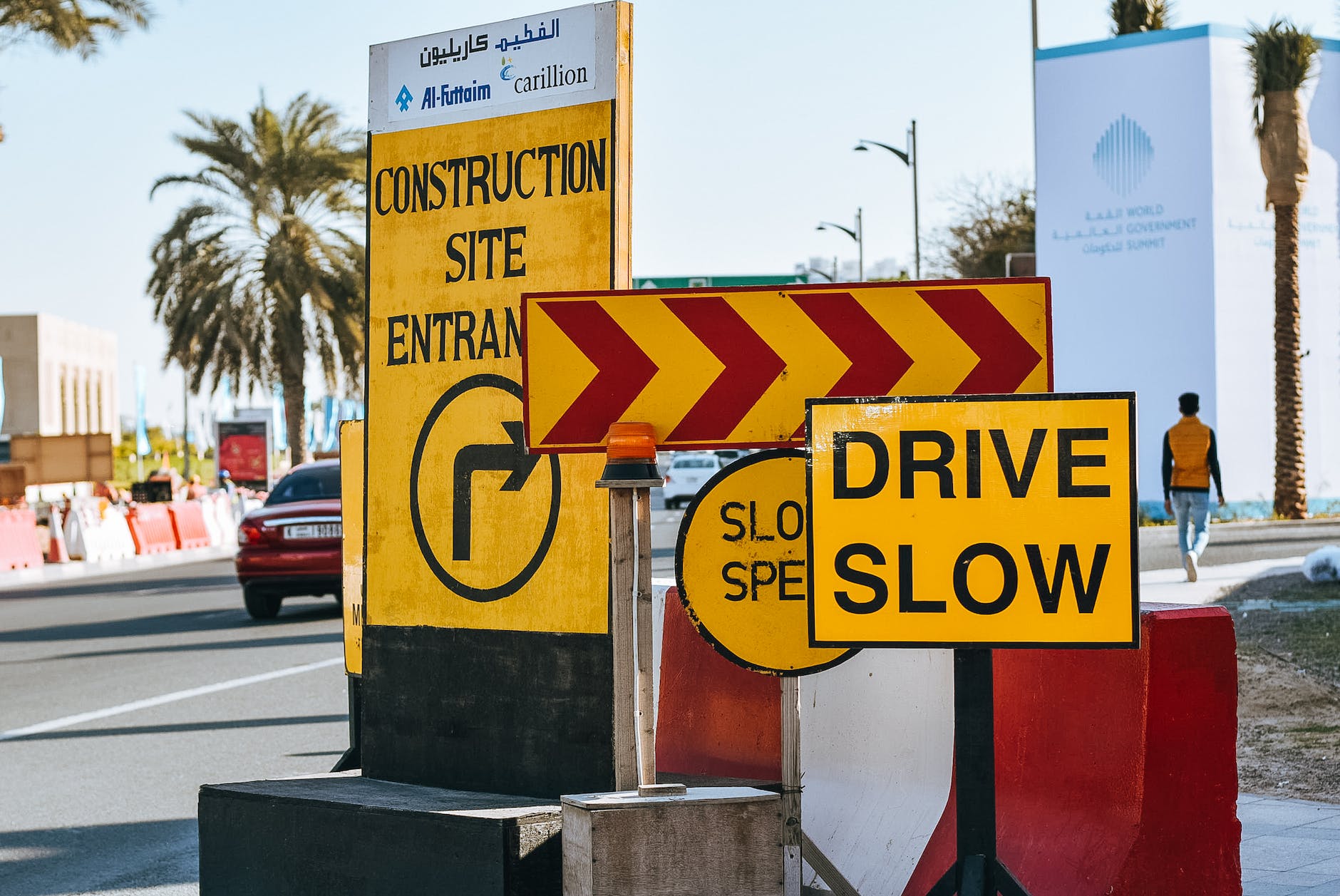
10 Safety Rules of Construction Sites
Introduction
10 Safety Rules of Construction Sites : In the world of construction, safety should always come first. With the dynamic nature of construction sites and the potential for accidents, it’s crucial to have a comprehensive understanding of safety rules to ensure the well-being of all workers and visitors. This article will provide you with the top 10 safety rules for construction sites, emphasizing their importance and how to implement them effectively.
Personal Protective Equipment (PPE): Shielding Lives on the Construction Site
At the core of construction site safety is the proper use of Personal Protective Equipment (PPE). All workers and visitors must wear the appropriate PPE, which typically includes hard hats, steel-toed boots, high-visibility vests, safety glasses, and hearing protection when necessary. These essential items are the first line of defense against common construction site hazards.
When it comes to PPE, there’s no room for compromise. Hard hats protect against head injuries from falling objects, while steel-toed boots guard feet from heavy machinery and tools. High-visibility vests ensure that workers are seen, reducing the risk of accidents, especially in busy construction zones. Safety glasses shield the eyes from dust, debris, and other particles, and hearing protection is crucial in loud work environments to prevent hearing damage.
Fall Protection: Safeguarding Lives at Heights
Working at heights is a common occurrence on construction sites, and fall protection is vital to prevent accidents. This includes measures like guardrails, safety nets, and personal fall arrest systems. These safety features act as a safety net, catching workers if they slip or fall, preventing severe injuries.
Construction sites should regularly inspect and maintain all fall protection equipment. Proper maintenance ensures that these safety measures are always ready to respond in times of need. Any damaged equipment should be replaced promptly to maintain their effectiveness.
Hazard Communication: Understanding the Danger
Clear and effective communication of hazards is essential on a construction site. This involves properly labeling and storing hazardous materials and providing Material Safety Data Sheets (MSDS) for all chemicals on site. Workers must be trained to read and understand these labels and MSDSs to stay informed about the dangers they may encounter.
Scaffolding Safety: Building on Solid Ground
Scaffolding is a vital part of many construction projects. Regular inspections and maintenance are critical to ensuring that scaffolds are safe to use. Workers should also receive training on the proper erection and use of scaffolding. Fall protection measures should be in place when working on scaffolds at elevated heights, adding an extra layer of security.
Electrical Safety: Handling Electricity with Care
Electrical work is a specialized field, and only qualified electricians should perform it on construction sites. To prevent accidents, all electrical equipment and wiring should undergo regular inspections. Workers should also be trained in electrical safety practices to minimize risks.
Heavy Machinery: Operating with Precision
Heavy machinery and equipment are commonplace on construction sites. Proper training and licensing of workers operating these machines are essential. Equipment should be well-maintained, and clear work zones for both machines and pedestrians must be established to avoid accidents.
Excavation and Trench Safety: Digging Safely
Before digging on a construction site, a thorough analysis is necessary to identify potential hazards. Proper shoring, sloping, or shielding should be used to prevent trench cave-ins. Workers should never enter trenches that are not adequately protected, reducing the risk of accidents.
Fire Safety: Preventing Blaze Outbreaks
Fire safety is paramount on construction sites. Clear and accessible fire exits, fire extinguishers, and regular fire drills are crucial to be prepared for any fire-related emergency. Flammable materials should be stored in designated areas, safely away from ignition sources.
Tool Safety: Mastering the Tools of the Trade
Hand tools and power tools are the backbone of construction work. Regular inspections and maintenance are essential to keep these tools in top working condition. Workers should also be trained in the proper use and storage of tools to prevent accidents and injuries.
Emergency Response: Being Prepared for the Unexpected
Accidents can happen, and being prepared is key to minimizing their impact. Construction sites should establish and communicate emergency response procedures. This includes having first aid stations and providing emergency contact information. Regular drills should be conducted to ensure that all workers know how to respond to various types of emergencies.
Conclusion
Safety on construction sites is non-negotiable. By following these 10 safety rules, you can significantly reduce the risk of accidents and ensure the well-being of everyone involved in construction projects.
How To Conduct Safety Induction for New Employees at Site | Download PPT
Safety Quiz for Safety Officer | Download PPT
Fire Safety | Fire Hazards and Precautions | Evacuation Plan | Download PPT
Duties of Safety Officer | Roles & Responsibilities of Safety Officer | Download PPT
How To Conduct Toolbox Talk Meeting | Download PPT
FAQs
1. What is the most important safety rule on a construction site?
The most crucial safety rule on a construction site is to prioritize the use of Personal Protective Equipment (PPE) to protect workers from potential hazards.
2. How often should safety training be conducted on a construction site?
Safety training should be conducted regularly, with refresher courses at least annually to ensure that all workers are up to date with safety protocols.
3. What should I do in case of a construction site accident?
In case of a construction site accident, follow the site’s emergency response plan, provide first aid if possible, and report the incident to the designated authorities.
4. What are some common electrical hazards on construction sites?
Common electrical hazards on construction sites include exposed wiring, faulty equipment, and improper use of extension cords.
























